Understanding Personal Independence Compliance Testing (PICT): Purpose, Process, and Best Practices
- Posted by admin
- On March 31, 2025
- 0 Comments
A firm’s independence is shaped by the actions of its people. When professionals report their financial interests accurately and follow independence rules, they uphold not just their own integrity—but the integrity of the entire firm. This shared responsibility drives audit quality.
Personal Independence Compliance Testing (PICT) helps firms ensure this responsibility is met. It reviews whether professionals are adhering to independence policies and whether the firm’s systems are robust enough to identify gaps. When implemented effectively, PICT is more than a compliance tool—it reinforces internal accountability and public trust.
What is PICT?
PICT is an internal monitoring tool used by accounting firms to evaluate whether audit professionals comply with personal independence requirements. These requirements typically mandate individuals to disclose their financial interests and relationships to prevent actual or perceived conflicts of interest.
PICT is a key element of a firm’s system of quality control, specifically in relation to independence, integrity, and ethical conduct. For firms registered with regulatory bodies such as the U.S. Public Company Accounting Oversight Board (PCAOB), PICT is essential in demonstrating continued compliance with independence standards.
How is PICT Executed?
The methodology may vary between firms, but the typical execution of PICT includes the following steps:
| Steps | Particulars |
| Maintenance of Financial Interest Portfolios | Professionals—generally at or above the Senior Associate level—must maintain an up-to-date record of their own and their immediate family’s financial interests using designated platforms (e.g., Checkpoint). |
| Selection for Testing | Individuals are selected for PICT based on criteria such as random sampling, risk-based targeting, and periodic rotation. |
| Review and Identification of Exceptions | The Independence Office compares disclosed holdings with actual data or third-party sources to detect discrepancies. Failures to report or update holdings are marked as exceptions. |
| Classification and Documentation | Exceptions are categorized and documented. Some firms permit “self-reported” exceptions—those voluntarily disclosed before PICT formally begins—to be excluded from exception rates. |
| Reporting to Internal and External Bodies | Exception rates and related data are reported internally and, as required, submitted to oversight bodies, such as the PCAOB, during inspections. |
Best Practices for Effective PICT Implementation
To ensure the PICT process is effective and credible, firms should adopt the following best practices:
- Clear, Accessible Policies
Independence policies should be comprehensive, current, and communicated consistently across the organization. - Ongoing Training
Regular training reinforces the importance of accurate reporting and deepens understanding of independence requirements. - Secure and Auditable Systems
Technology platforms should support automated alerts, detailed logs, and secure audit trails. - Ethical Culture
A culture of transparency and integrity encourages self-reporting and reinforces accountability. - Independent Oversight
The Independence Office must have the authority, expertise, and autonomy to operate impartially and enforce policies effectively. - Comprehensive Monitoring
Regular internal reviews of the PICT process help identify weaknesses and ensure timely corrective actions are taken.
Common Pitfalls and Defaults by Firms
Even with defined procedures, firms may fall short in maintaining the integrity of their PICT programs. A recent example involves a Big Four firm’s Singapore office, which was sanctioned by the PCAOB in March 2025 following violations related to its PICT process.
According to PCAOB Release No. 105-2025-018, the firm failed to implement appropriate controls and oversight over a two-year period, which led to misclassification and manipulation of exception data submitted to the PCAOB.
Key pitfalls include:
- Improper Influence Over Testing
The firm used methods such as advance notification, deferral of testing dates, and mischaracterization of post-notification disclosures as “self-reported.” These actions improperly lowered reported PICT exception rates and were not disclosed to the regulator. - Performance-Driven Pressure
Internal targets to reduce exception rates to below 15% contributed to practices that compromised the independence testing process. - Lack of Independent Oversight
The individual appointed as the Partner Responsible for Independence had no prior independence experience and held multiple roles. The lack of dedicated oversight allowed concerning practices to persist. - Insufficient Documentation
The firm used communication tools like MS Teams chats, which had limited retention settings (24 hours), to avoid creating a permanent record. This undermined transparency and monitoring. - Weak Internal Monitoring
The misconduct remained undetected internally for nearly two years and was only identified after the PCAOB initiated its inquiry, which prompted an internal investigation.
As a result, the PCAOB imposed a $1.5 million civil penalty, a public censure, and mandated remedial actions, including enhanced training, leadership changes, revised policies, and formal certification of future compliance.
KNAV’s Opinion
PICT is the ethical commitment of an audit firm and its people. Its effectiveness depends on strong governance, independent oversight, and a culture that values integrity over appearance. Firms that treat PICT as a routine compliance checkbox risk regulatory scrutiny and reputational harm. Done right, PICT reinforces independence, upholds audit quality, and strengthens confidence in the firm’s work.











0 Comments